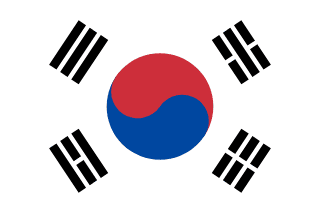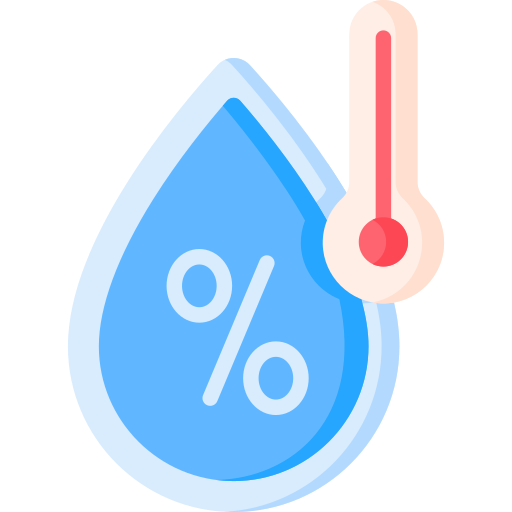Seoul - Introduction

About Seoul
Seoul Current Weather
Seoul, South Korea
2025-12-10 08:10
Cloudy
-0.7°C
Temperature:-0.7°C |
30.7°F
Feels like:-2.2°C |
28°F
Other weather information:
| Parameter | Value |
|---|---|
Wind 
|
4.7 km/h |
Pressure 
|
1026 mb |
Humidity 
|
93% |
Visibility 
|
10 km |
UV Index 
|
0 |
Precip 
|
0 |